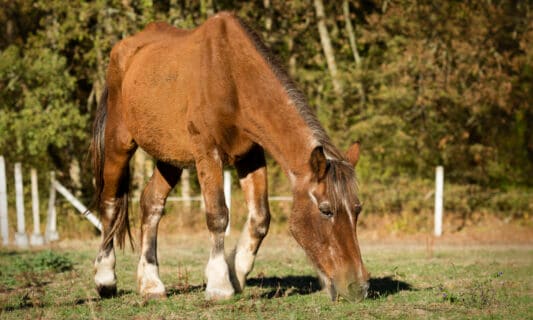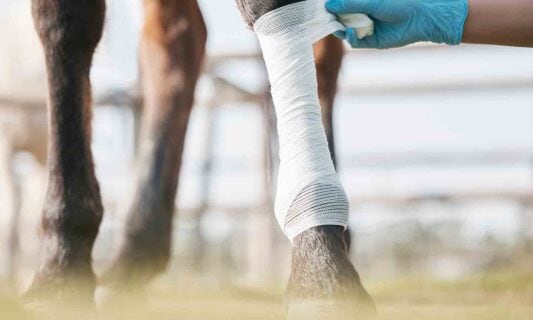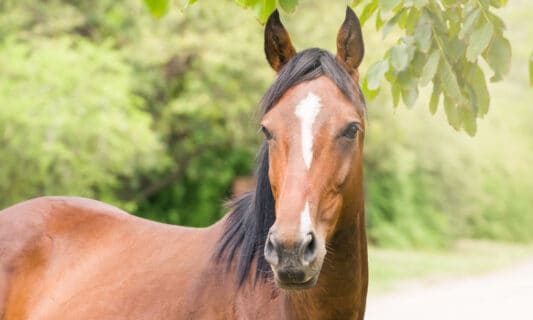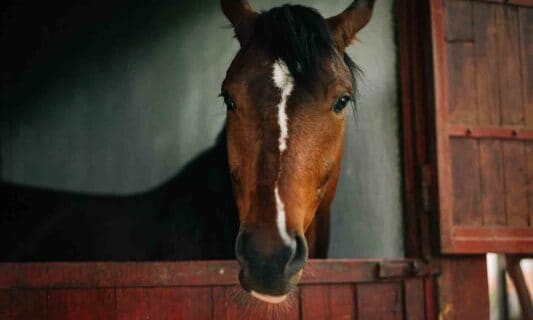How to tell if your horse is affected—and how to help them.
Horse
Because horse accidents happen.
Learn about all the different horse face markings our equine friends can have, including illustrations of each for easy reference.
No-Bake Horse Cookies Recipe
Horse vaccines play a vital role in keeping our equine friends safe and healthy. Learn which vaccines are recommended for your horse.
They’re a totally normal part of equine anatomy.
Find out how much to budget for your future equine friend.
Caring for your horse’s hooves is essential for a happy, healthy horse.
Plus, how to increase their lifespan.
Everything a first-time equestrian needs.
Fun foods for showing your horse some love.
The essential guide to creating a balanced diet for your equine companion.
Insect bites are no fun—for you or your horse.
Can you really tell their age by looking in their mouth?
Everything you need to keep your horse’s hooves healthy.
Because an itchy horse is an unhappy horse.
Is your horse properly hydrated?
Ensuring your horse is happy wherever they’re kept.




















